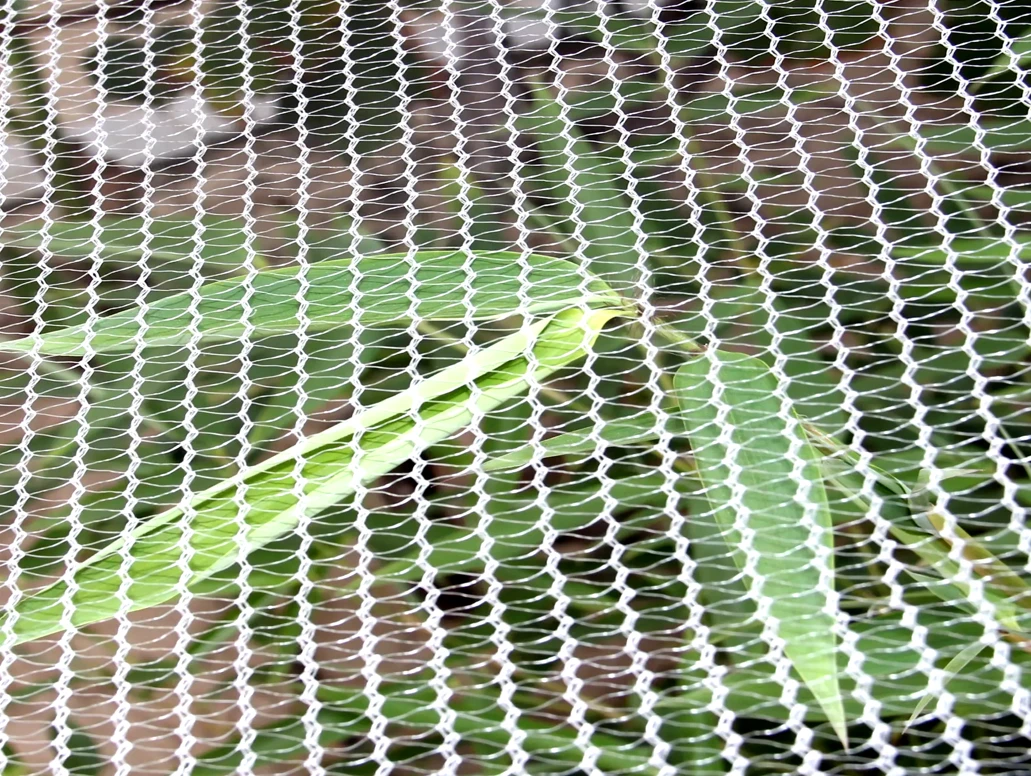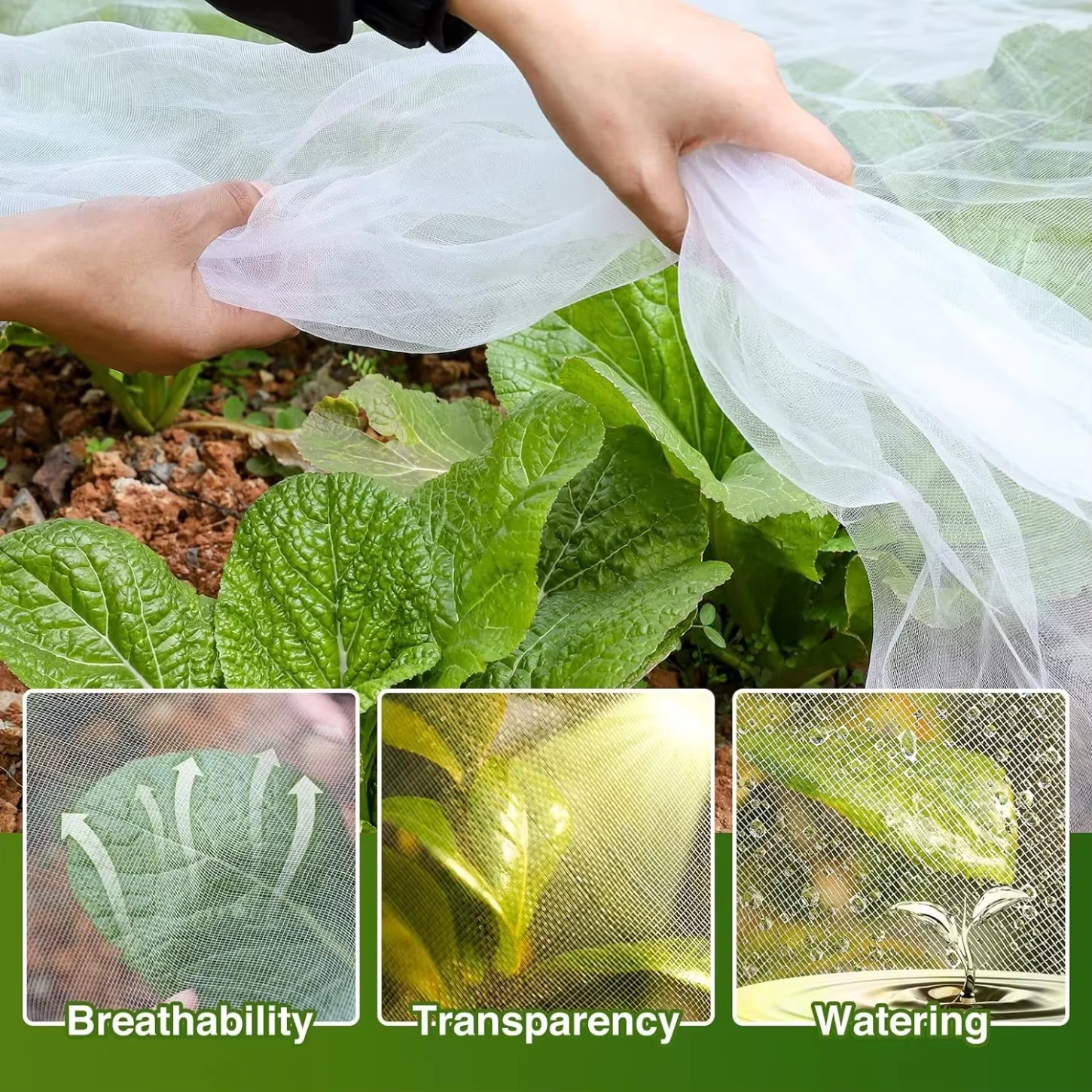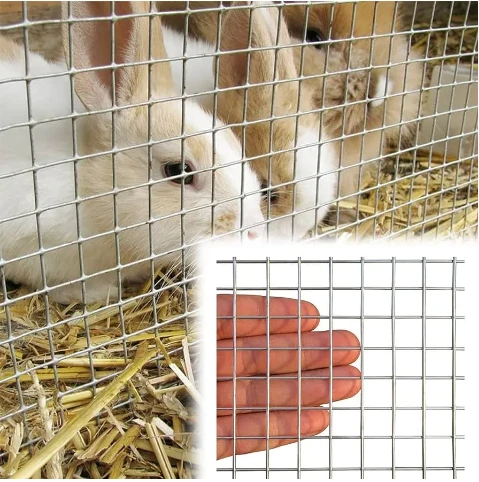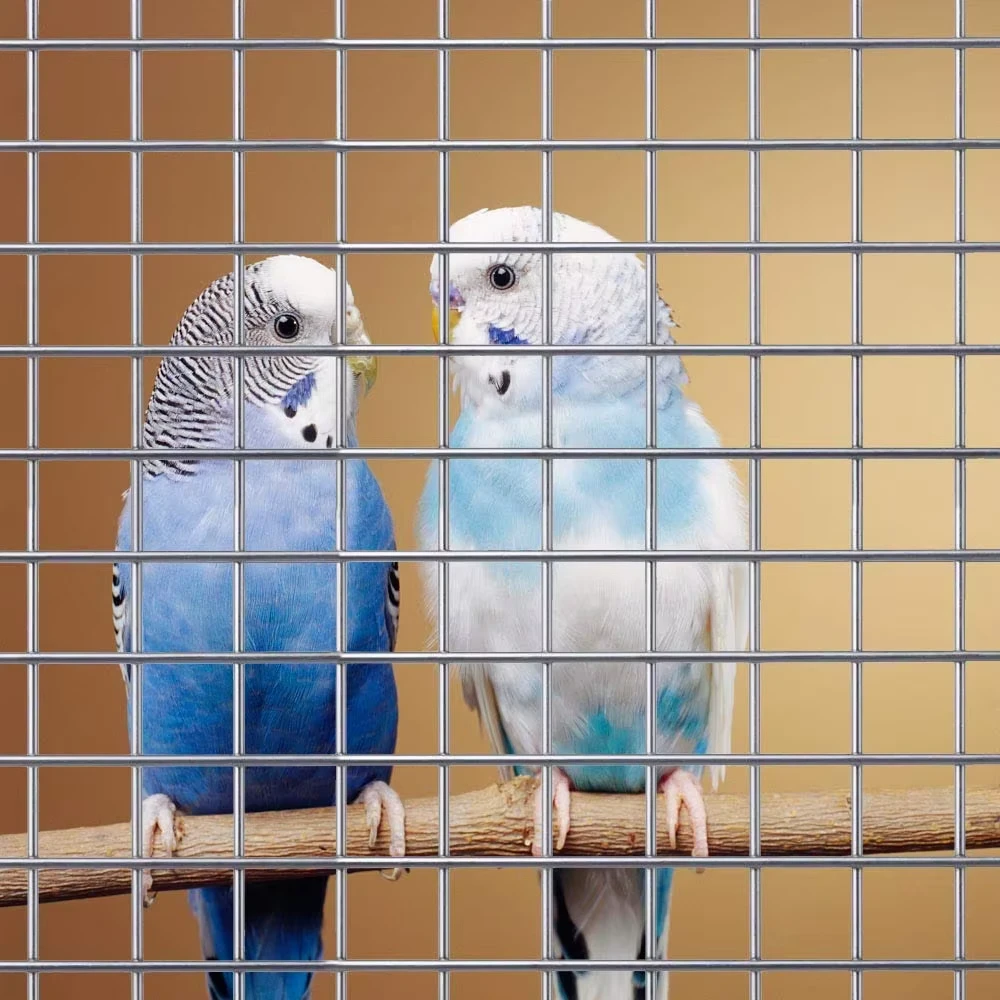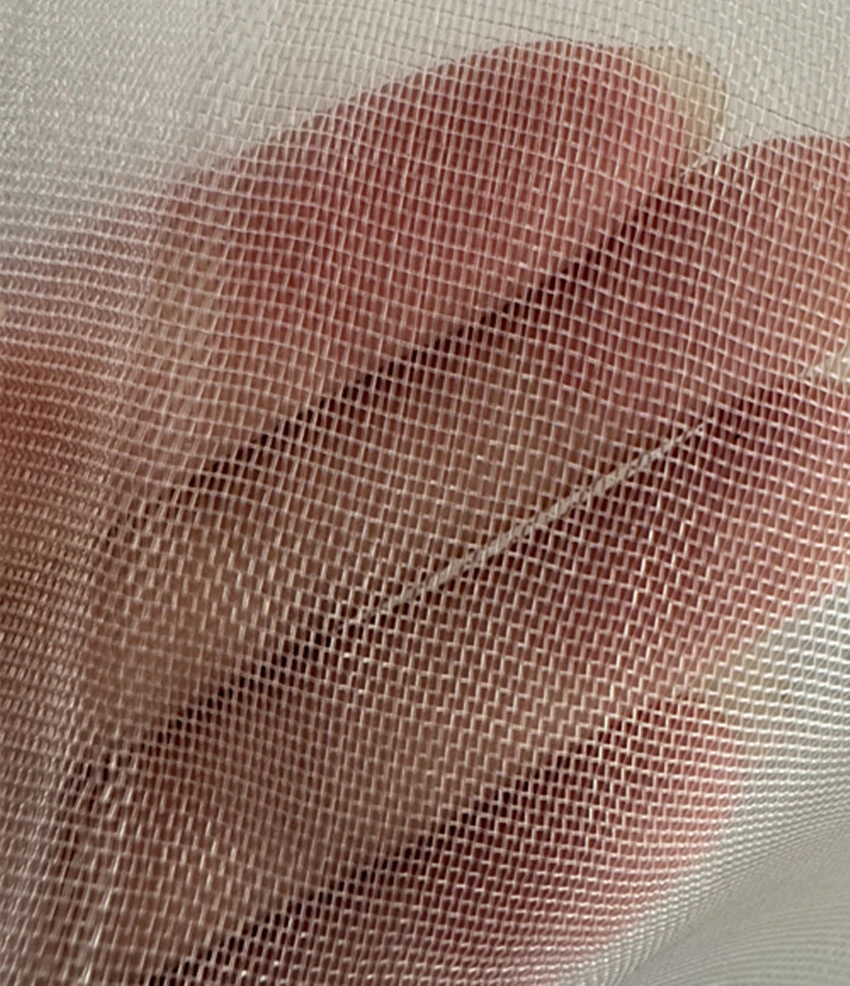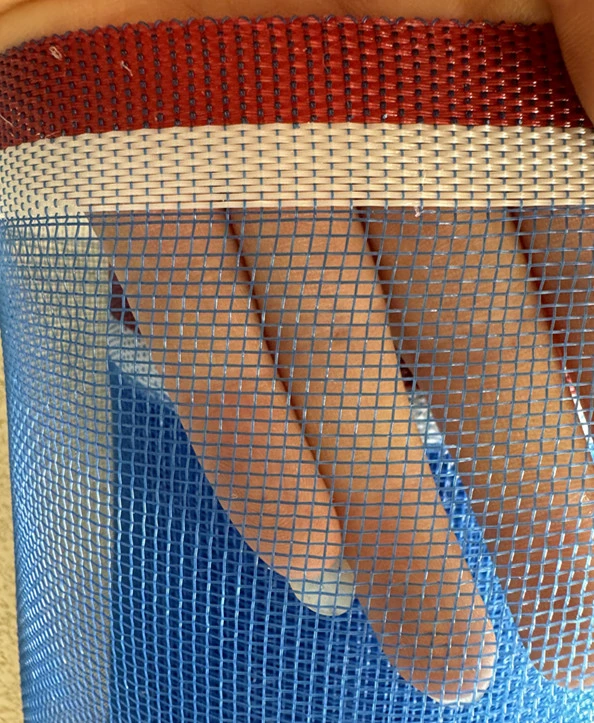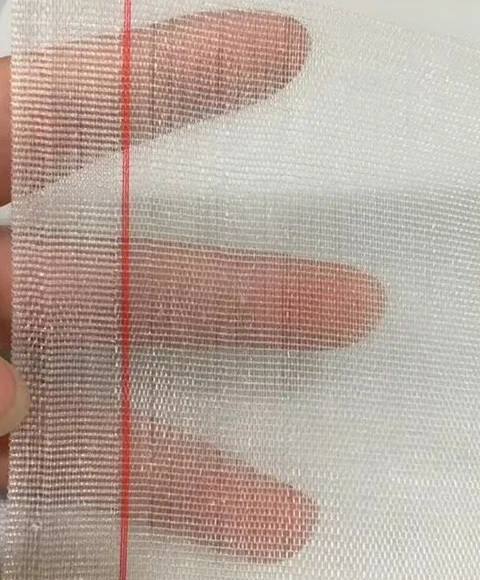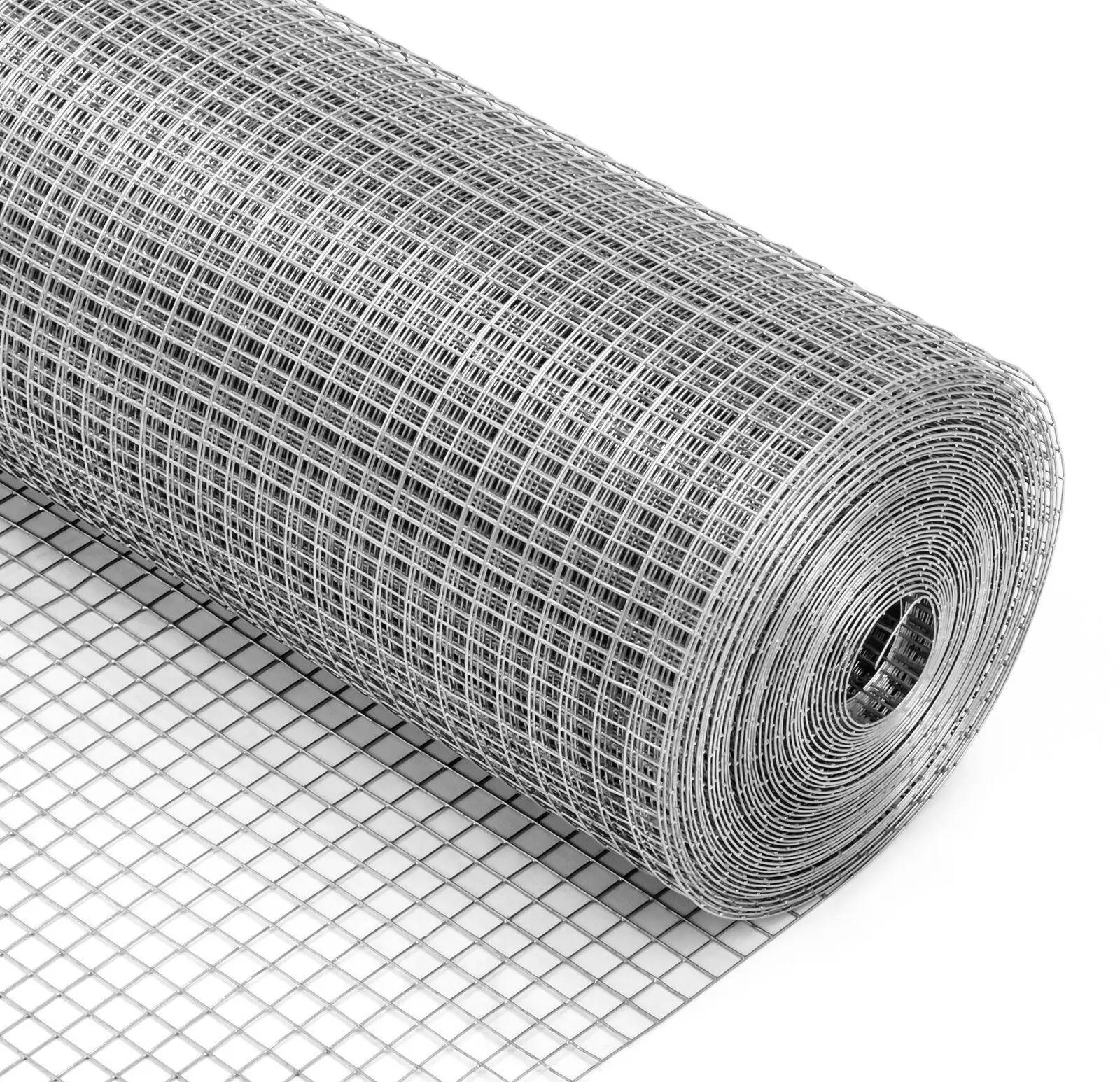-
 Afrikaans
Afrikaans -
 Albanian
Albanian -
 Amharic
Amharic -
 Arabic
Arabic -
 Armenian
Armenian -
 Azerbaijani
Azerbaijani -
 Basque
Basque -
 Belarusian
Belarusian -
 Bengali
Bengali -
 Bosnian
Bosnian -
 Bulgarian
Bulgarian -
 Catalan
Catalan -
 Cebuano
Cebuano -
 China
China -
 Corsican
Corsican -
 Croatian
Croatian -
 Czech
Czech -
 Danish
Danish -
 Dutch
Dutch -
 English
English -
 Esperanto
Esperanto -
 Estonian
Estonian -
 Finnish
Finnish -
 French
French -
 Frisian
Frisian -
 Galician
Galician -
 Georgian
Georgian -
 German
German -
 Greek
Greek -
 Gujarati
Gujarati -
 Haitian Creole
Haitian Creole -
 hausa
hausa -
 hawaiian
hawaiian -
 Hebrew
Hebrew -
 Hindi
Hindi -
 Miao
Miao -
 Hungarian
Hungarian -
 Icelandic
Icelandic -
 igbo
igbo -
 Indonesian
Indonesian -
 irish
irish -
 Italian
Italian -
 Japanese
Japanese -
 Javanese
Javanese -
 Kannada
Kannada -
 kazakh
kazakh -
 Khmer
Khmer -
 Rwandese
Rwandese -
 Korean
Korean -
 Kurdish
Kurdish -
 Kyrgyz
Kyrgyz -
 Lao
Lao -
 Latin
Latin -
 Latvian
Latvian -
 Lithuanian
Lithuanian -
 Luxembourgish
Luxembourgish -
 Macedonian
Macedonian -
 Malgashi
Malgashi -
 Malay
Malay -
 Malayalam
Malayalam -
 Maltese
Maltese -
 Maori
Maori -
 Marathi
Marathi -
 Mongolian
Mongolian -
 Myanmar
Myanmar -
 Nepali
Nepali -
 Norwegian
Norwegian -
 Norwegian
Norwegian -
 Occitan
Occitan -
 Pashto
Pashto -
 Persian
Persian -
 Polish
Polish -
 Portuguese
Portuguese -
 Punjabi
Punjabi -
 Romanian
Romanian -
 Russian
Russian -
 Samoan
Samoan -
 Scottish Gaelic
Scottish Gaelic -
 Serbian
Serbian -
 Sesotho
Sesotho -
 Shona
Shona -
 Sindhi
Sindhi -
 Sinhala
Sinhala -
 Slovak
Slovak -
 Slovenian
Slovenian -
 Somali
Somali -
 Spanish
Spanish -
 Sundanese
Sundanese -
 Swahili
Swahili -
 Swedish
Swedish -
 Tagalog
Tagalog -
 Tajik
Tajik -
 Tamil
Tamil -
 Tatar
Tatar -
 Telugu
Telugu -
 Thai
Thai -
 Turkish
Turkish -
 Turkmen
Turkmen -
 Ukrainian
Ukrainian -
 Urdu
Urdu -
 Uighur
Uighur -
 Uzbek
Uzbek -
 Vietnamese
Vietnamese -
 Welsh
Welsh -
 Bantu
Bantu -
 Yiddish
Yiddish -
 Yoruba
Yoruba -
 Zulu
Zulu
Durable Plastic Poultry Netting for Effective Farm and Garden Protection
The Advantages of Plastic Poultry Netting A Sustainable Choice for Poultry Farming
In the world of poultry farming, the choice of materials can significantly impact the health and productivity of birds, as well as the efficiency of farm operations. One of the most innovative solutions in this domain is plastic poultry netting. This modern alternative to traditional fencing and enclosures offers a range of benefits that can enhance the welfare of poultry while also providing a sustainable option for farmers.
Durability and Longevity
Plastic poultry netting is designed to withstand the rigors of outdoor environments. Unlike traditional wire or metal fencing, plastic netting is resistant to rust, corrosion, and decay. This durability ensures that it maintains its integrity over time, even under harsh weather conditions. Farmers can expect a longer lifespan from plastic netting, which reduces the need for frequent replacements and, as a result, lowers long-term costs.
Lightweight and Easy to Handle
Another advantage of plastic poultry netting is its lightweight nature, which makes installation and handling much simpler. Farmers can easily roll out the netting, adapt it to their specific needs, and securely anchor it in place without the need for heavy machinery or extensive labor. Its flexibility allows for various applications, whether creating temporary enclosures for pasture-raised chickens or semi-permanent barriers in breeding facilities.
Enhanced Protection
When it comes to poultry farming, predator protection is paramount. Plastic poultry netting provides an effective barrier against unwanted wildlife, such as foxes, raccoons, and birds of prey, which can pose significant threats to flocks. The compact mesh design of the netting is specifically engineered to prevent even small animals from accessing the birds, thereby enhancing their safety and minimizing potential losses.
plastic poultry net

Promoting Health and Welfare
Good airflow and sunlight are essential for the health and wellbeing of poultry. Plastic netting helps facilitate these elements while still providing essential protection. Its open structure allows for adequate ventilation, reducing the risk of heat stress and respiratory issues that can arise in enclosed spaces. Furthermore, exposure to natural sunlight contributes positively to the birds' overall health, promoting vital processes such as vitamin D synthesis.
Sustainable and Environmentally Friendly
With rising concerns about environmental impact, plastic poultry netting stands out as a sustainable choice. Many manufacturers produce netting from recycled materials, making it an eco-friendly option for modern poultry farms. By opting for plastic over more traditional materials, farmers can contribute to reducing waste and promoting recycling in agriculture. Additionally, the longer lifespan and reduced maintenance needs of plastic netting result in decreased resource consumption over time.
Cost-Effective Solution
While the initial investment in plastic poultry netting may vary, its long-term cost-effectiveness is undeniable. With reduced maintenance, longevity, and lower replacement needs, farmers can realize significant savings after initial setup. This financial benefit, combined with the other advantages, makes plastic poultry netting an attractive option for both small-scale and large commercial poultry operations.
Conclusion
In summary, plastic poultry netting offers a multitude of benefits for poultry farmers seeking innovative and sustainable solutions. Its durability, ease of handling, enhanced protective qualities, and contribution to the health and welfare of birds make it a standout choice in the agricultural sector. By integrating plastic netting into their operations, farmers can ensure a safer, more productive environment for their poultry while also taking a step toward more environmentally friendly practices. As the poultry industry continues to evolve, embracing such advancements will be essential for future success.
-
The Sunshade Net Can Block Ultraviolet RaysNewsAug.11,2025
-
Main Application and Technology of Nylon ScreenNewsAug.11,2025
-
Green Anti UV Sunshade Net: The Perfect Combination of Ecological Friendliness and Practical PerformanceNewsAug.11,2025
-
Explore the Sunshade NetNewsAug.11,2025
-
Application and Development of Nylon Screen in Fuel Processing and TreatmentNewsAug.11,2025
-
Application and Advantages of Nylon Screen for AquacultureNewsAug.11,2025




